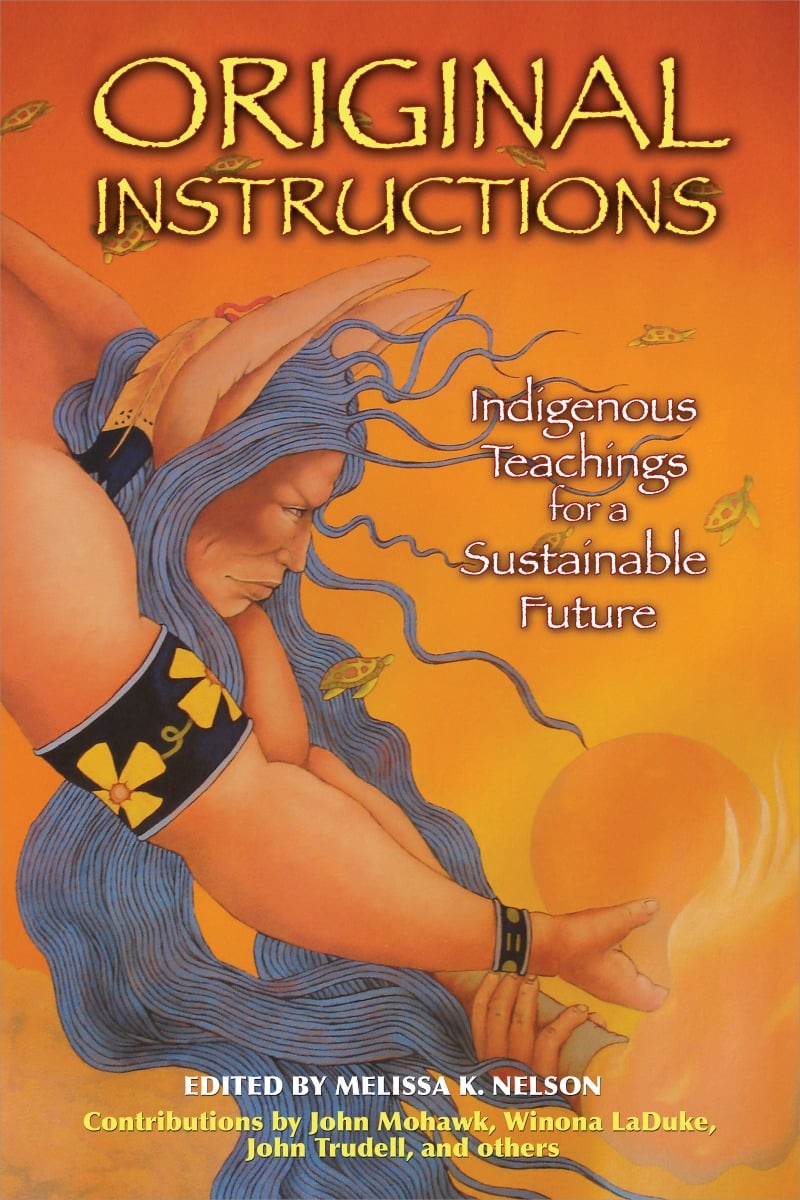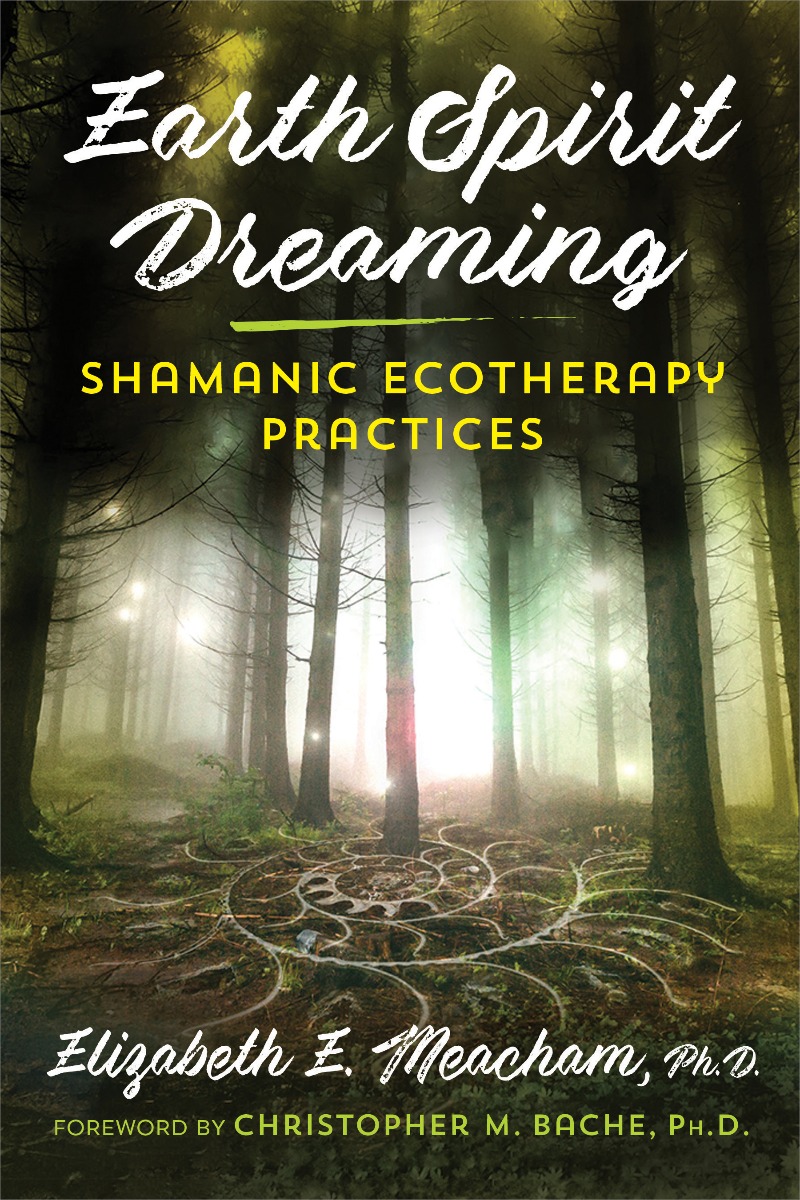In the Spirit of Healing
by Randy Kritkausky, author of Without Reservation
When the “Spanish Flu” struck in 1918 it was an all too familiar chapter in a long history of pandemics that Native Americans experienced since the first appearance of European colonists. The 1918 disease hit Indian residential schools hard, as it did reservations. Quarantines were put in place to stop the spread. But unlike our 21st-century efforts to contain COVID-19, a sense of communal continuity was not shattered by “social distancing.”
Native Americans innovated and found ways to creatively respond to the physical threat and social disruption. One such effort of innovation was directed at pow wows. Colorful regalia and celebratory drumming, long a staple of Native American gatherings both in times of joy and sadness, took the Spanish flu into account. A new healing dance custom appeared: jingle dancing. Bells and small hanging metal objects made from available materials, such as tin can lids, were attached to traditional colorful dresses. They made a jingling sound as performers rhythmically high stepped and stomped to drum beats. In part, the new dance grew out of a notion that diseases spread through the air and that noise might ward off the spirits bringing such misfortune.
Examined superficially by outsiders, this perspective on the jingle dance often begins and ends with a patronizing dismissal of indigenous “superstition” reflecting an unscientific or “pre-scientific” understanding of disease. Clearly indigenous people demonstrated little understanding of a germ theory of disease when pandemics were first introduced by colonists. But, just like their mainstream contemporaries in 1918, Native Americans during colonial times quickly understood that physical proximity played a role in transmission. The fact that they conflated medical understanding with some traditional beliefs of spirits being involved is where the problem of mis-understanding begins and where opportunities for deeper understanding arise.
Before we dismiss the individual and collective spiritual response of Native Americans to the Spanish Flu, we should examine the 21st-century slow response to COVID by American government: its too-willing acceptance of rumors, its desperate embrace of magical medical solutions, and its widespread and outright rejection of medical science.
We should then re-examine Native American historical and current responses to pandemics, including COVID 19, with a dose of humility. In so doing we can find valuable lessons that help us to heal physically, socially, and spiritually.
First of all, the jingle dance reflects a bit of wisdom that mainstream medical science has recently “discovered.” The ill often heal more quickly and more completely when the healing process includes social integration rather than extreme isolation. While this is difficult with a highly contagious disease such as COVID 19, it is possible to maintain the most important communal connections during a time of extreme social isolation.
I learned this in recent years and wrote about it in my book Without Reservation: Awakening to Native American Spirituality and the Ways of Our Ancestors, not knowing how relevant my experience would be just as the book was released.
To be specific, while I live with a daily high level of human social isolation in a Vermont forest, I am developing more intimate connections with my “other” kin. I refer to our natural kin in the forest and meadows and ancestral spirits (generations of family members who have walked on). For example, Koo-koo-o-koo (owl) has recently been visiting and communicating with increased intensity. When I called in a tree surgeon to remove some trees beginning to shade the photovoltaic panels on our roof, the night before he arrived, koo-koo-o-koo perched in very tall and partly dead tree near the house and vociferously reminded me that this perch and possible nesting place was important. We spared the tree. The next night koo-koo-o-koo returned and vociferously thanked us. It was like being hugged by a relative to whom a special gift had just been given.
Don’t get me wrong, I miss talking to and occasionally hugging my two legged (human) friends, but I am not experiencing the psychological distress associated with sitting in front of a computer and having virtually no intimate contact with “outsiders.”
I am also finding inspiration in how Native American reservation communities are modeling caregiving in times of COVID. News headlines echo familiar mainstream narratives about COVID hitting reservations particularly hard. Some stories even suggest that Native American elders are being hit especially hard and may vanish, taking the last vestiges of traditional language knowledge with them. The threat is real. And lack of adequate health care on reservations has made indigenous people most vulnerable, as has the prevalence of complicating conditions such as diabetes and crowded living conditions associated with poverty. But this narrative also has an all too familiar echo of late 19th-century predictions of “the vanishing Indian.” It is a theme that mainstream society finds irresistibly appealing.
Instead, Native American cultural influence and interest in it are rapidly increasing as mainstream white society finds itself in spiritual, psychological, social, political, health, economic, and environmental crises, which friends and neighbors are telling me “feel Biblical” in their dimension. I actually gave up counting the number of times the news media report that humanity is in the midst of “an existential crisis.” I attempted to tone down this self-defeating rhetoric in my book when I discussed newly re-spirited environmentalism in one chapter.
My focus here is in that same spiritual vein, but also more practical. Native Americans have lessons about coping with COVID and fear of a rebelling Mother Nature that we can and should apply now.
One of the more compelling lessons is how Native America communities are acting to protect elders. Across the United States, and just across the St. Lawrence River from our apartment in Montreal, at the Kahnawake Mohawk Reserve, tribal leaders took early and strong positions on complete community isolation. Utilizing the sovereign authority that treaties bestow, they locked down their entire communities and prevented outsiders from entering tribal territory. When thousands of unmasked motorcyclists headed toward the Sturgis rally in South Dakota, many were prohibited from crossing and stopping in tribal territory. The action was taken in part to protect all highly vulnerable tribal members. But, as many tribal leaders made clear, it was taken with a special sense of urgency to protect elders. For Native Americans, elders are knowledge keepers and those who help to maintain tradition. We do not warehouse our elders and subject them to the lowest possible cost model of “care” in a profit-oriented business and with devastating consequences. We protect our treasured kin.
Similarly, Native American societies’ embrace of and protection of the natural world is more relevant than ever. For decades, writings by and about Native Americans, both real and re-imagined, have inspired environmentalists around the world. As COVID isolates us from one another, there has been a resurgence of interest in gardening and more ambitious projects involving “re-wilding.” There are pragmatic dimensions to these activities, but I believe the primary motivation is spiritual. We feel a strong need to be re-connecting with something more enduring and dependable that our human institutions, which suddenly feel feeble and inadequate to sustain us. And there is a bit of panic. Do we need to make amends with Mother Earth, who many of my peers try to tell me is “punishing us for our environmental sins”? I push back on this notion by pointing out that Mother Earth is not punitive. Our suffering is of our own creation and solutions are within our own reach. Mother Earth awaits our partnership in the healing process.
So, the take-aways are: proactively protect, increase intimate connections with non-human kin, and heal the spirit as well as the body.
On the final note I leave you with another image of how Native Americans may contribute to the healing so much in need today. I refer to the spirit of Truth and Reconciliation evident across the border in Canada. Canadians are decades ahead of the United States in addressing their treatment of indigenous peoples. They formed a Truth and Reconciliation Commission in 2008, and its recommendations are being implemented across the society at all levels from delegation of authority over health care to legal reform and the arts.
Racial justice is still an unfulfilled aspiration in Canada as in the United States. But it is being extended to indigenous people as well as people of color in inspiring ways. The effort includes legal reform, truth-seeking and investigation activity, and efforts to compensate for past injustices. But most importantly, there is an atmosphere, a sincere one, seeking reconciliation. This is one of the great teachings of Native American culture in North America: we must find ways of moving beyond anger and hatred and find ways of living together, not only without friction, but in true harmony and collaboration.
The image that represents this best for me is taken from an exhibition of Native American jingle dance dresses displayed at an exhibit, “Ziibaaska' iganagooday: The Ojibwe Jingle Dress at 100,” held at the Mille Lacs Indian Museum and Trading Post in Onamia, Minn.
One of the dresses was made from a repurposed police uniform. This creative gesture of reconciliation points a path forward in the midst of a continuing deadlocked debate about police violence and “Defund the Police” in the United States. The dress, by itself, is one lonely artifact. But as a symbol, it is a reminder that healing will come only with a spiritual renewal and courage on both sides of a racial divide. The fact that I learned about the jingle dance’s origin and about the jingle dance dress exhibition from a story on the Canadian Broadcast Corporation website confirms another theme in my book. Sometimes, to find our way wandering home and toward enlightenment, we need to travel away from our comfort zone and into “foreign” territory.
After five hundred years of colonization attempting to eradicate us, it is a wonderful irony that aspects of our once “vanishing” Native American culture now show the path forward for a mainstream society that has lost its way.
 |
 |
 |
 |
 |



